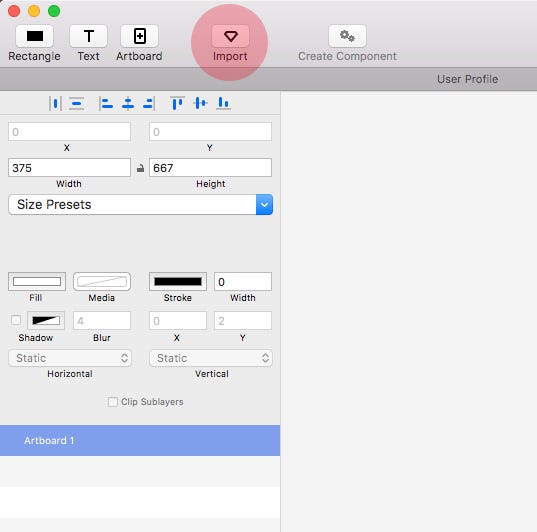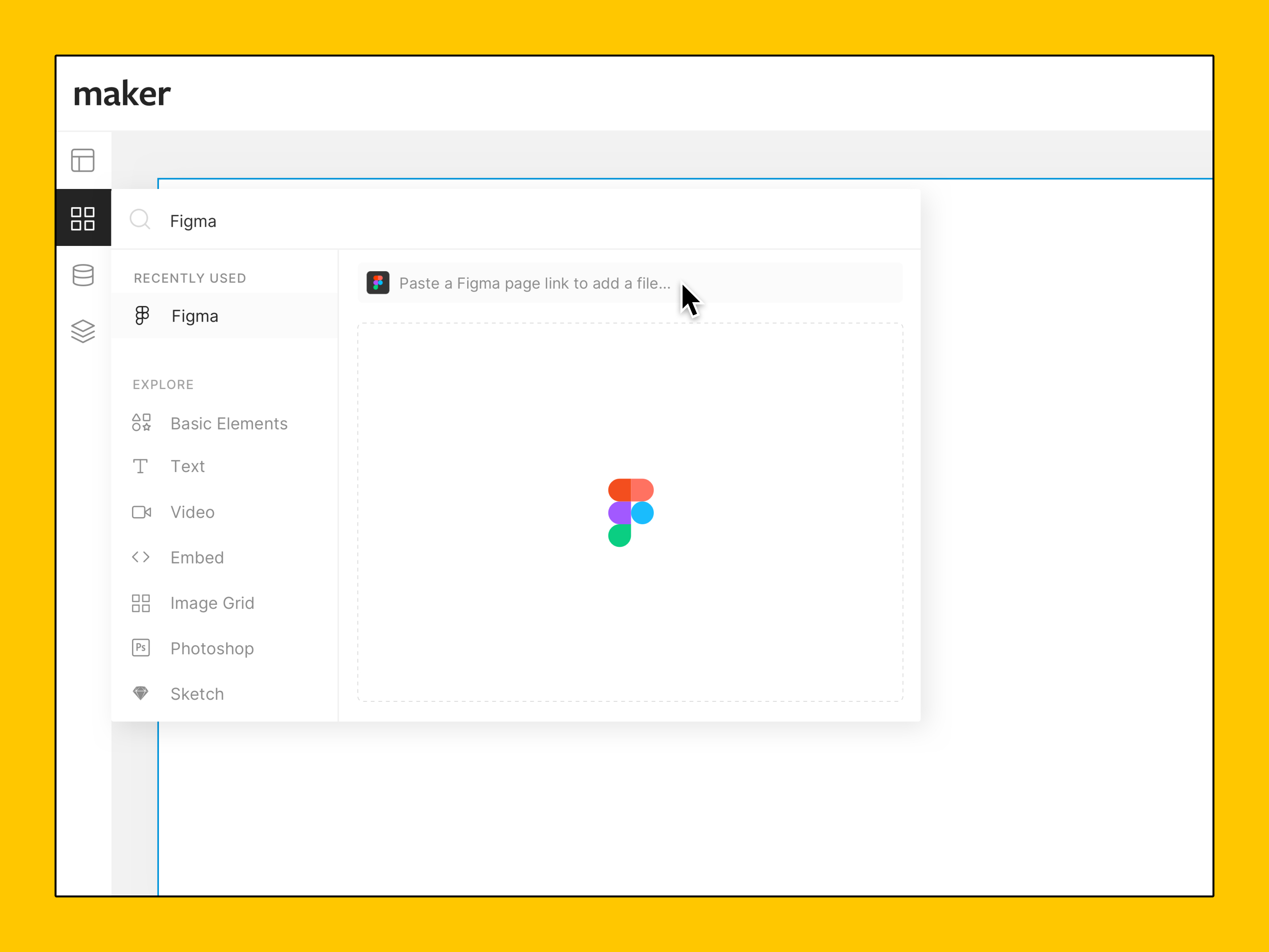

Note that gpsbabel will download points in lon/lat WGS84 format.
#Import vector shapes to principle app serial#
Import track data from a Garmin Serial GPS.V.out.ogr -e -v type=point in=ssc105s dsn=ssc105s.shp # export to ESRI shapefile with projection stored in. # reformat input text file to single-space delimetedĪwk '' classes/summer_2005/SSC105/maps/pit_locations.xy | v.in.ascii fs=" " x=1 y=2 out=ssc105s Import an ascii file with variable delimiters.V.in.ascii -z in= input_file output= gps_points #input_file: meters_x | meters_y | meters_z Import an ascii file of x,y,z records from a GPS:.Import a DOQQ file from the current directory:.

Import a SSURGO survey boundary polygon shape file from the current directory:.Figures are provided for additional context, and are referenced by input/output file name in the example code. Command names are in boldface type, input files are red, and the resulting GRASS data are in green. The following examples assume that all of the input data has been projected to a consistant coordinate system, and that an appropriate GRASS location has been created. here and on the Microsoft support forums.

Others have suggested converting the image into a high-resolution raster image first, e.g. PDF) into MS Office (Word and Powerpoint). If you have compiled GRASS and GDAL from source, and have not re-compiled GDAL with GRASS support then raster export via r.out.gdal will not work. It seems there is no solution for inserting a vector-based figure (e.g. If you have installed GRASS via a binary package, chances are that these commands will work fine. Generic data import and export commands rely on the GDAL/OGR library to be installed correctly.


 0 kommentar(er)
0 kommentar(er)
